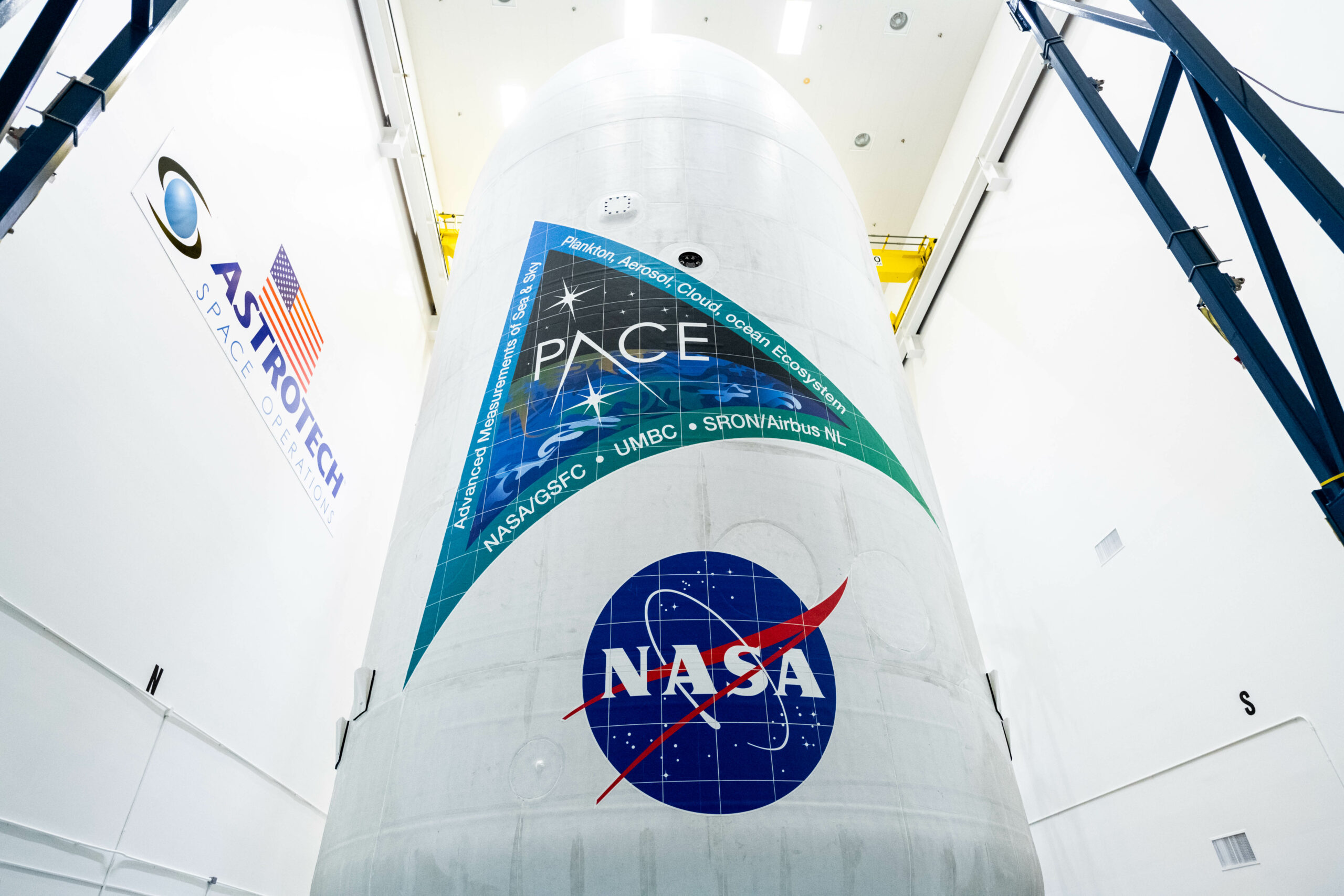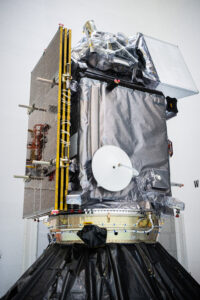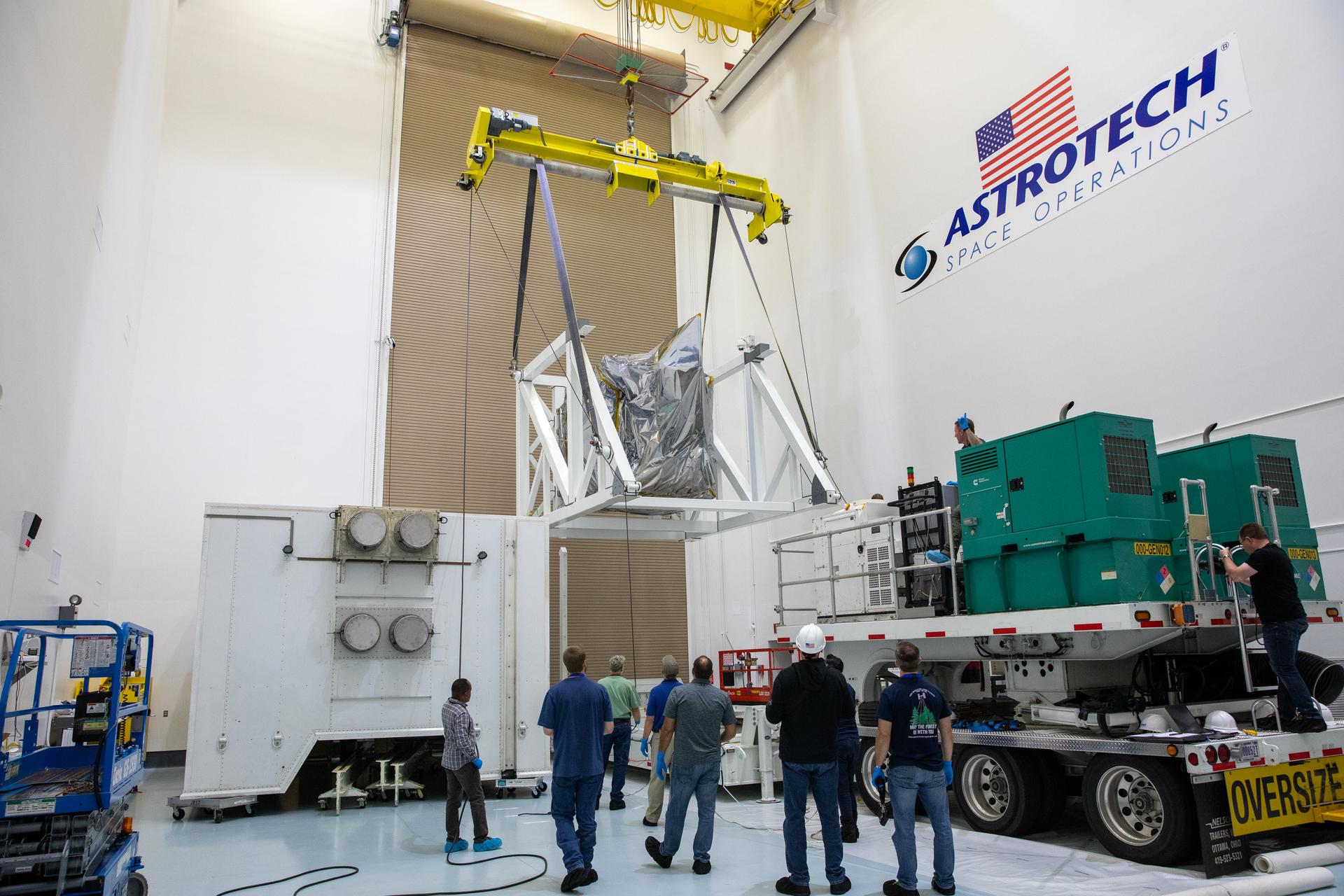
NASA, SpaceX, and PACE (Plankton, Aerosol, Cloud, ocean Ecosystem) mission managers met today, Thursday, Feb. 1, to conduct a Flight Readiness Review at the agency’s Kennedy Space Center in Florida. During the review, teams provided an update on the mission status and certified the readiness to initiate final launch preparation activities.
Once launched, PACE will use three instruments called the Ocean Color Instrument, Spectro-polarimeter for Planetary Exploration, and the Hyper-Angular Rainbow Polarimeter No.2 to collect data on clouds, aerosols, and phytoplankton growth that can determine ocean color. Measuring the color and amount of light will help scientists better understand the types and locations of microscopic algae, which are vital to the health of Earth’s oceans and its marine life. PACE will contribute to NASA’s more than 20 years of global satellite observations of ocean biology and key measurements related to air quality and climate.
Up next, SpaceX will roll the fully integrated Falcon 9 rocket carrying the encapsulated PACE spacecraft to the launch pad at Space Launch Complex 40 at Cape Canaveral Space Force Station in Florida. Once vertical, the launch team will perform final checkouts ahead of liftoff scheduled for no earlier than 1:33 a.m. EST on Tuesday, Feb. 6.




